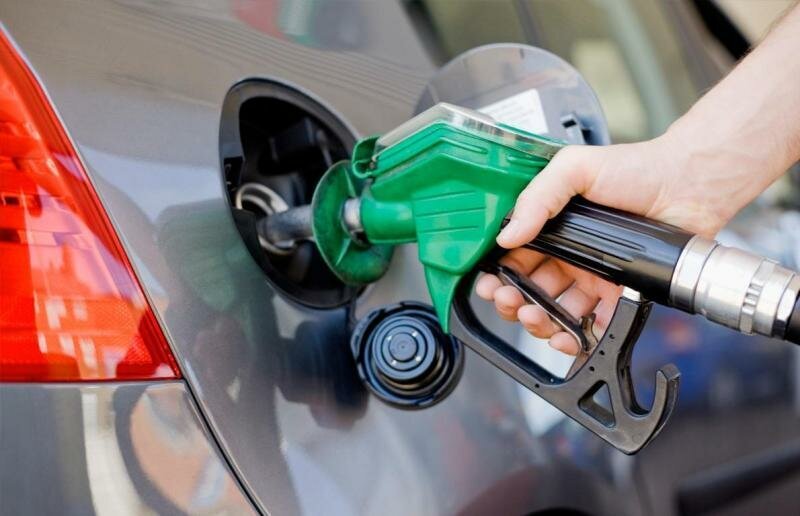Daily gasoline consumption falls to 70m liters

TEHRAN – Average daily gasoline consumption in Iran has fallen another 10 percent to reach 70 million liters following the implementation of the rationing scheme, according to National Iranian Oil Products Distribution Company (NIOPDC)’s planning director.
“The average daily consumption of gasoline in the previous month of Bahman (January 21-February 19) stood at 80 million liters, the figure fell to 70 million in the current calendar month of Esfand,” Shahram Rezaei told Shana.
According to the official, the fall in gasoline consumption as a result of the implementation of the rationing scheme is significant because the country’s fuel consumption was following an upward trend before gasoline was rationed.
The average daily gasoline consumption since the beginning of the current Iranian calendar year (March 21, 2019) up to the implementation of the rationing scheme on November 15, was about 95 million liters, which showed a 6.1-percent increase compared to the average daily consumption for the previous year.
In the mentioned period, an average of 134.400 million liters of gasoil was also consumed in the country, which shows an increase of 41.3 percent compared to the same period last year, he said.
Iranian Oil Minister Bijan Namdar Zanganeh had earlier pointed to curbing consumption and increasing export capacity as the most important goals of the gasoline rationing plan.
In mid-November 2019, the Iranian government started rationing of subsidized gasoline and increased fuel prices as part of a plan to reduce the energy subsides to use the revenue for supporting underprivileged families.
Later that month, deputy finance and economic affairs minister said the fuel rationing plan would make the country able to export 3.65 billion liters of gasoline every year and earn about 14 trillion rials (about $3.3 billion) from the exports.
“On average, 100 million liters of gasoline is produced in the country on a daily basis. If we could reduce fuel consumption by 10 million liters and sell it to other Persian Gulf neighbors, we would export about four billion rials (about $952,000) a day, that would be 14 trillion rials a year,” Mohammad-Ali Dehqan Dehnavi said.
EF/MA
